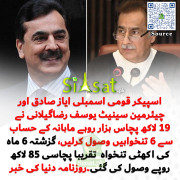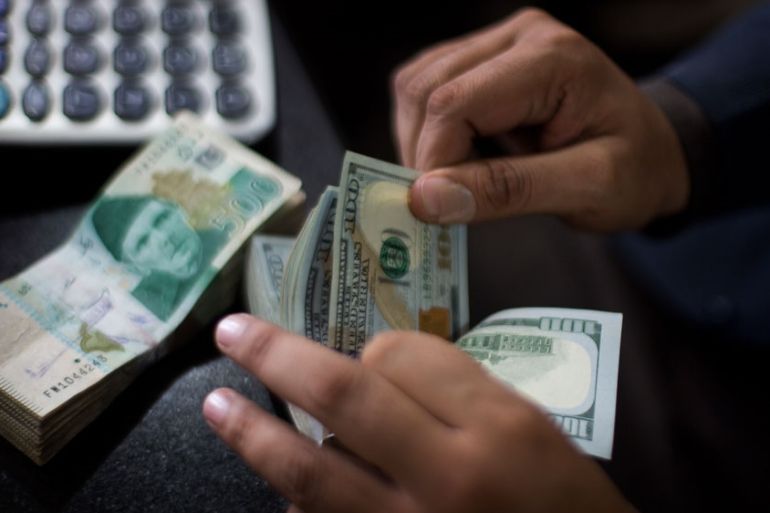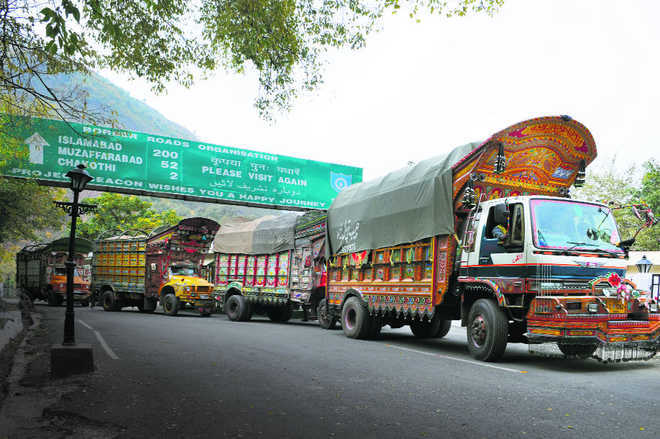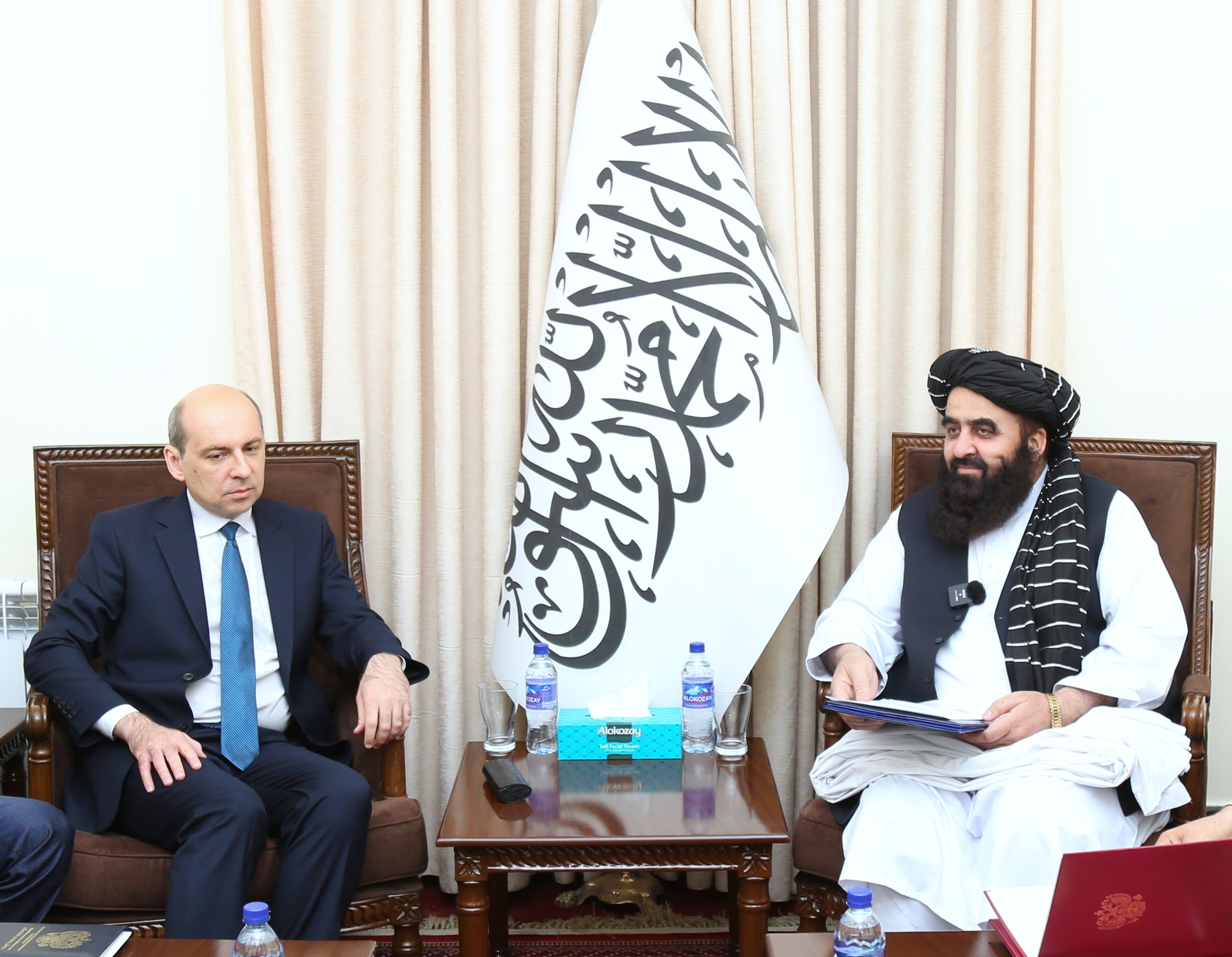Why have we lost so much time !!!
For the past ten years we have wasted time and not invested in hydro power projects in Punjab, we have setup coal and gas based power plants but not a single hydro electric power plant of any considerable power generation capacity.
Punjab alone has the potential to generate 5000MW of free electricity and our previous Governments have signed contracts that will cost us 4 Billion USD per year in high tariffs from Coal and Gas powered IPPs!!!!
Time to act now and setup all the run of the canal hydro power projects for which sites and feasibility studies are complete !!
Sad to read the following articles from 2008 and 2010
https://www.dawn.com/news/967591
https://www.dawn.com/news/314809
If we are able to Generate 5000MW from small and medium run of the canal Power projects of 5MW to 50MW , the Punjab Gov can earn 100 Billion Rupees per year!
It is estimated that it will require a sum of 700 Billions ... this amount was squandered away by the previous Punjab Gov in Laptop scheme(150-175billion), Orange Line Train(100-150 Billion) and Metro projects (160-200 billion) !!!!!!
That's not even half of the story!
High electricity rates has caused small manufacturing units to become unfeasible and lot of manufacturing units have shut down particularly in Textiles sector.
If we can supply Electricity at 5 rupees per unit to the industry we can easily exceed our growth targets and exponentially increase our exports..
Rough estimates indicate that if only half i.e 2500 MW of this hydro electricity is sold to the industry at 5/unit we can create 250,000 jobs !!!!
How easy is it to setup and maintain a run of the canal power plant ...???
An individual in 1925 yes 1925 setup a 1 MW Run of the canal Power plant in Punjab!!

Now Ganga Power Station Is Named as Relala Hydel Power Station Renala Khurd. It has been producing FREE electricity for close to a 100 years!!!
Anyone from Lahore and go check this out...
Question is what was possible for an individual in 1925 has not been possible for the Gov of Pakistan!!!!!!
No patwari or jiyala has been able to give a satisfactory answer yet, now lets see what out insafi brothers will have to say ..If sadly nothing is done to replicate this 1925 power house all over Punjab ....
New Punjab Gov should go all out and start building these power plants... it will herald a new era of progress and prosperity .. only for 700 Billion rupees .... comparing this amount with the current 1000 Billion Plus Circular debt we can safely say it will be money very very well spent !!!!
https://www.pakistantoday.com.pk/2018/05/06/circular-debt-surpasses-rs1000-billion/
For the past ten years we have wasted time and not invested in hydro power projects in Punjab, we have setup coal and gas based power plants but not a single hydro electric power plant of any considerable power generation capacity.
Punjab alone has the potential to generate 5000MW of free electricity and our previous Governments have signed contracts that will cost us 4 Billion USD per year in high tariffs from Coal and Gas powered IPPs!!!!
Time to act now and setup all the run of the canal hydro power projects for which sites and feasibility studies are complete !!
Sad to read the following articles from 2008 and 2010
https://www.dawn.com/news/967591
https://www.dawn.com/news/314809
If we are able to Generate 5000MW from small and medium run of the canal Power projects of 5MW to 50MW , the Punjab Gov can earn 100 Billion Rupees per year!
It is estimated that it will require a sum of 700 Billions ... this amount was squandered away by the previous Punjab Gov in Laptop scheme(150-175billion), Orange Line Train(100-150 Billion) and Metro projects (160-200 billion) !!!!!!
That's not even half of the story!
High electricity rates has caused small manufacturing units to become unfeasible and lot of manufacturing units have shut down particularly in Textiles sector.
If we can supply Electricity at 5 rupees per unit to the industry we can easily exceed our growth targets and exponentially increase our exports..
Rough estimates indicate that if only half i.e 2500 MW of this hydro electricity is sold to the industry at 5/unit we can create 250,000 jobs !!!!
How easy is it to setup and maintain a run of the canal power plant ...???
An individual in 1925 yes 1925 setup a 1 MW Run of the canal Power plant in Punjab!!

Now Ganga Power Station Is Named as Relala Hydel Power Station Renala Khurd. It has been producing FREE electricity for close to a 100 years!!!
Anyone from Lahore and go check this out...
Question is what was possible for an individual in 1925 has not been possible for the Gov of Pakistan!!!!!!
No patwari or jiyala has been able to give a satisfactory answer yet, now lets see what out insafi brothers will have to say ..If sadly nothing is done to replicate this 1925 power house all over Punjab ....
New Punjab Gov should go all out and start building these power plants... it will herald a new era of progress and prosperity .. only for 700 Billion rupees .... comparing this amount with the current 1000 Billion Plus Circular debt we can safely say it will be money very very well spent !!!!
https://www.pakistantoday.com.pk/2018/05/06/circular-debt-surpasses-rs1000-billion/
Last edited by a moderator:



































